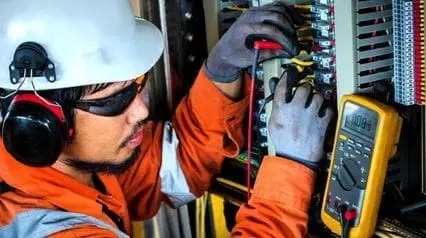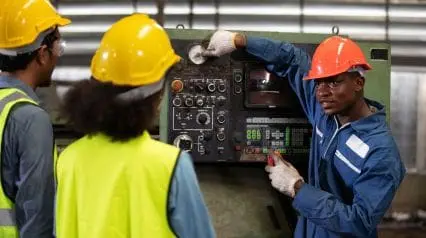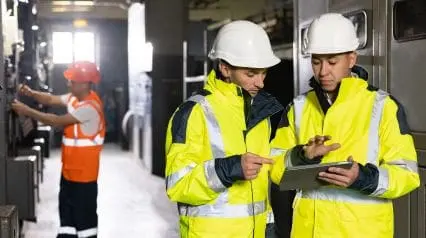What is the Line of Fire Hazards?
In workplace safety, line of fire hazards refers to any potential exposure to injury resulting from the release of energy during the operation of machinery. This type of hazard can occur in construction, electric, and manufacturing settings, where there is often much potential risk of exposure.
To be in the line of fire is known as “being in harm’s way” as in being in a position where one could reasonably get hurt because of a firearm. Following that context, a line of fire hazard occurs when a moving object has a path that goes through an area occupied by a person or object.
What are the Major Categories of Line of Fire Hazard Incidents?
There are three main categories of line-of-fire incidents: caught-in or between, struck-by, and released energy. To better understand them, let’s discuss each one:
Caught-in or between
Caught-in or between incidents happen when someone is either caught in the equipment or between two pieces of equipment. This is the most common type of line-of-fire incident. For example, when a construction worker is repairing a machine and their clothing gets caught in the gears because of lack of machine guarding.
Struck-by
Struck-by incidents occur when someone is hit by an object that has been ejected from the equipment. This can be very dangerous and often results in fatalities. For example, if a worker is using a power saw and the blade breaks, it could fly off and hit another worker nearby.
Released energy
Released energy incidents happen when energy is released from the equipment, such as an electric shock. This can also be very dangerous and often results in fatalities. An example would be if a piece of machinery that has been overloaded or a pressure vessel that gets subjected to unsafe conditions suddenly explodes.
Avoiding Line of Fire Incidents
Now that we are aware of the line of fire hazard incidents. How can we avoid it? The best way to do so is to understand the potential risks on job sites and duties.
Worker duties may require simple avoidance such as moving out of the way, while others may require complex engineering efforts with barriers or location changes. Regardless, safety should be a priority in every job you do.
Here are some ways that you can avoid accidents to stay safe, particularly during working:
- Secure objects like scaffolds, poles, stacks, and spools using safety tethers.
- Always hold on to a handrail when climbing stairs
- Follow proper Lock Out Tag Out procedures so equipment is unlikely to power up while performing any repairs or maintenance. DO NOT rely solely on an emergency brake!
- Never use your body part to prevent damage from occurring—this has led to amputations after getting caught between two sets of moving objects.
- When dealing with electrical equipment, make sure that area is dry.
- If possible, always work with a partner, especially when using heavy equipment. If lone work cannot be avoided, follow precautions to minimize risks.
Create Your Own Safety Audit Checklist
Eliminate manual tasks and streamline your operations.
Get started for FREEProtect Yourself from the Line of Fire Hazard
Safety is a top priority and we can never know when an accident could occur hence why we need to protect ourselves, especially when working with dangerous equipment. Below are safety tips to protect yourself when you’re in the line of fire
- Always be aware of your surroundings and identify potential hazards.
- Wear the proper personal protective equipment (PPE), which may include gloves, safety glasses, and hearing protection.
- Stay alert and follow all safety procedures
- Attend necessary training when using heavy machinery
- If you see a potential hazard, report it to a supervisor/ manager immediately.
- Provide daily safety inspections on equipment to avoid sudden mechanical failures
- If you are ever in doubt about a situation, ask a supervisor or manager for clarification.



